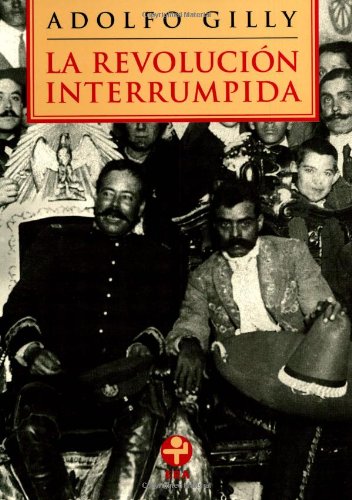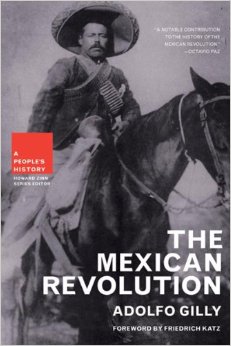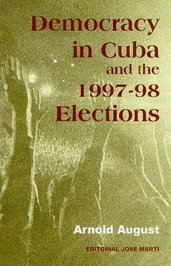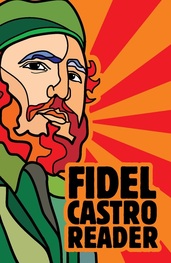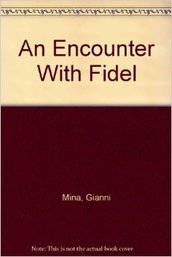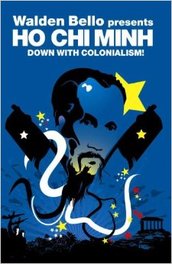The Sandinista Front for National Liberation (FSLN for its initials in Spanish) was established in 1963, unifying the guerrilla groups that were seeking to overthrow the US-supported Somoza dictatorship by means of armed struggle. It was named for August C. Sandino, who from 1927 to 1934 formed and led a peasant army, the Army in Defense of National Sovereignty, in opposition to US military occupation of Nicaragua.
The Sandinista Revolution triumphed on July 19, 1979, and it was in power from 1979 to 1990. It developed a new constitution, following the principles and practices of representative democracy. The first elections under the new constitution were held in 1984, and Daniel Ortega of the FSLN was elected president, receiving 63% of the vote. During its rule from 1979 to 1990, the Sandinista government developed a program consistent with long-standing goals and proposals of the Latin American popular movement, including: nationalization of companies that had been owned by Nicaraguans who abandoned the country following the fall of Somoza; programs in health, literacy and education, and food production; and an agrarian reform program. These measures resulted in significant reductions in illiteracy and poverty. Nationalization and agrarian reform led to redistribution and decentralization of land: Under Somoza, properties of fifty acres or more comprised more than half of the arable land; but today, they comprise 18%, with 82% in the hands of small farmers and cooperatives. In foreign policy, the Sandinistas followed a policy of non-alignment, seeking to diversify its commercial relations to include the socialist bloc and the Third World in addition to the United States and Western Europe (Fonseca 2009:49-50; Prieto 2008:34-36; Regalado 2008:78; Walker 1991).
Beginning in 1980, the United States embarked on an economic, ideological and military campaign against the Sandinista government, including economic and military assistance to a counterrevolutionary guerrilla army known as the contras, most of which were stationed in Honduras along the Nicaraguan border (Booth and Walker 1993:140-46). The contra war was a key factor in the Sandinista loss in the 1990 elections to a coalition of parties supported by the United States. Although the election brought to an end Sandinista control of the government, it had the positive consequence of establishing an environment that facilitated the signing of peace accords and the disbanding of the contras, bringing to an end the costly conflict.
From 1990 to 2006, the Nicaraguan state was directed by governments that implemented neoliberal economic policies. The illiteracy rate tripled, and gains in health were rapidly reversed, while “a negligible minority was enriched without end” (Prieto 2009:147). Nonetheless, the gains represented by the Sandinista project were not completely reversed. The country continued to follow the democratic constitution developed during the Sandinista government. The military, which was formed from the Sandinista guerrilla army and had replaced the brutally repressive National Guard of Somoza, continued during neoliberal rule. And the Sandinista party comprised approximately 40% of the national assembly, the largest single party in the nation, during the period. The neoliberal governments of 1990 to 2006 could not roll back the redistribution of land that had been implemented by the Sandinista government.
Revitalized by the renewal of Latin American popular movements beginning in 1994, Ortega and the FSLN were returned to power in the elections of 2006. During the Second Phase of the Sandinista revolution, initiated in 2007, the government of Daniel Ortega has had more success in diversifying trade relations and investment partners, leading to investments from a variety of new sources. In addition, the Sandinista government has been able to build upon the family and cooperative economy established by the redistribution of land during the first phase. Families and cooperatives produce 53% of the GDP and employ over 70% of the workforce in what the Sandinistas describe as a “popular, non-capitalist economy.” Ninety percent of consumed foodstuffs are produced in the domestic economy; a cooperative bank with 50,000 associates in an important financial resource, independent of the private banking sector; and popular markets are the main distributors of imported goods. In its second phase, the Sandinista Revolution is having success combining state ownership in key sectors with small scale private property and cooperatives. The Sandinista economic model has been described as “inclusive domestic economic democratization” by Tortilla con Sal, a collective based in Nicaragua. It is a model that has emerged from the particular conditions of Nicaragua, and it is a component of the Sandinista quest for sovereignty with respect to its political-economic system and its foreign policy, independent of the historic imperialist and neocolonial demands of the United States or the more recent neoliberal demands of international finance agencies.
Booth, John A. and Thomas W. Walker. 1993. Understanding Central America, Second Edition. Boulder: Westview Press.
Fonseca Terán, Carlos. 2009. “El socialismo del siglo XXI desde la Revolución Popular Sandinista” in Contexto Latinoamericano: Revista de Análisis Política (No. 11), Pp. 43-55.
Prieto Rozos, Alberto. 2009. Evolución de América Latina Contemporánea: De la Revolución Cubana a la actualidad. La Habana: Editorial de Ciencias Sociales.
Regalado, Roberto. 2008. Encuentros y desencuentros de la izquierda latinoamericana: Una mirada desde el Foro de São Paulo. México D.F.: Ocean Sur.
Walker, Thomas W. 1991. Nicaragua: The Land of Sandino, Third Edition. Boulder: Westview Press.
Key words: Nicaragua, Sandinista, Ortega, Socialism

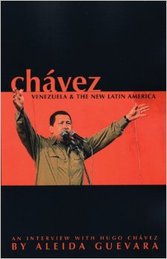
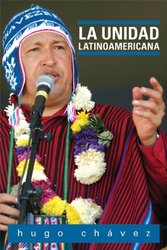

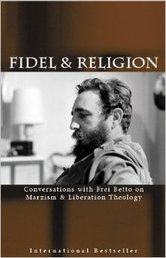
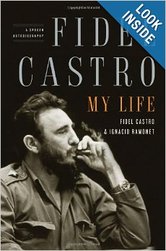
 RSS Feed
RSS Feed
